This lesson takes a closer look at the history of Memorial Day by examining World War I, World War II, and the Vietnam War and their connections to this civic holiday.
Competing Voices of the Civil Rights Movement
When most people think of the Civil Rights Movement in America, they think of Martin Luther King, Jr. delivering his “I Have a Dream” speech on the steps of the Lincoln Memorial in 1963 and receiving the Nobel Peace Prize the following year. But “the Movement” achieved its greatest results — the 1964 Civil Rights Act and the 1965 Voting Rights Act — due to the competing strategies and agendas of diverse individuals. Even black Americans, the primary beneficiaries of this landmark legislation, did not agree on the tactics that should be used to secure the equal protection of their rights. This unit presents the views of several important black leaders who shaped the debate over how to achieve freedom and equality in a nation that had long denied a portion of the American citizenry the full protection of their rights.
Landmark Lessons
Find lesson plans generated by teachers who completed the Cultures of Independence workshop at the Historical Society of Pennsylvania. The lessons illustrate how local and national history can be taught through a focus on a physical place and primary sources. Criteria for selecting lessons also included the teaching of historiography and, when appropriate, connections to the founding principles of the United States. Use a lesson from your region, or become inspired to create your own.
Loyalists in the American Revolution
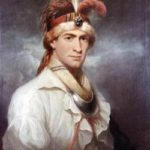
This short video clarifies the role played by Loyalists throughout the American Revolution. Never more than 1/5 of the population, Loyalists’ political and military significance varied both chronologically and geographically. Professor Jack Rakove highlights the efforts of British forces in the Southern colonies to enlist Loyalists in hopes of “pacifying” the countryside, but concludes that there were too few Loyalists for this strategy to succeed.
The Constitution as a Fulfillment of the American Revolution
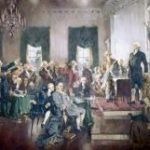
This short video challenges the notion that the Constitution was a conservative reaction to the democratic ideals of the American Revolution. The Revolution generated constitutional discussion in the states, where legislators explored the nature of executive power, and other constitutional questions. In light of this constitutional innovation, Professor Jack Rakove maintains that the Constitution of 1787 was the culmination of—not a reaction to–the Revolution of the late 1770’s.
How Revolutionary Was the American Revolution?
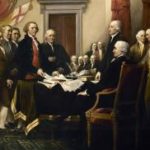
This short video asserts that although the American Revolution doesn’t fit the paradigm of other revolutions (e.g., British, French, Russian), it nevertheless resulted in a new form of republican government coupled with a new understanding of the role of citizens—both without turbulent social consequences. Professor Jack Rakove concludes that the hallmark of the American Revolution was the truly revolutionary idea that people could and should decide for themselves how to be governed.
Turning Points in the American Revolution
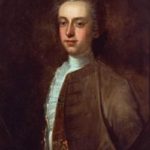
This short video traces the crises of the 1760s (e.g., the Stamp Act, the Townshend Act) through to the relatively quiet early 1770s, culminating in the Boston Tea Party of 1773. Professor Jack Rakove emphasizes the role of individual in history. Governor Thomas Hutchinson forced a crisis—the Boston Tea Party–by insisting on strict enforcement of the Tea Act. He could have chosen a different tactic (as did other governors), but chose not to.
Causes of the American Revolution
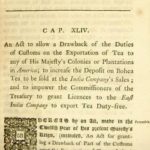
This short video examines the Boston Tea Party of 1773 as the critical event which transformed political discussion about British imperial authority into an active source of controversy. By the early 1770’s, British and Americans thought differently about the extent of Parliament’s power to legislate for the American colonies. Professor Jack Rakove notes that British punishment of Massachusetts for its defiance of the Tea Act precluded a peaceful resolution of the political controversy.
How Did the Constitutional Convention Deal with Slavery?
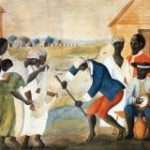
This short video explains the differing perspectives that emerged about the Constitution and slavery. Some, like Frederick Douglass, believed that the Founders put slavery on the road to extinction while others, like Roger Taney, believed that the Constitution was a slaveholders’ document. Professor Gordon Lloyd contends that the slavery clauses in the Constitution both limited and expanded slavery’s impact, and that the Founders alone do not bear responsibility for slavery’s later expansion.
Act IV: How Did the Constitutional Convention Conclude?
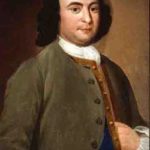
This short video analyzes the final days of the Convention, when the delegates were eager to leave but also mindful of the work they had accomplished. They were “smart people who had learned from spending 88 days together” and even those opposed to the Constitution (Randolph, Mason, and Gerry) had the opportunity to dissent. Professor Gordon Lloyd agrees with Franklin that the Constitution did not achieve perfection but, rather, created a “more perfect union.”
